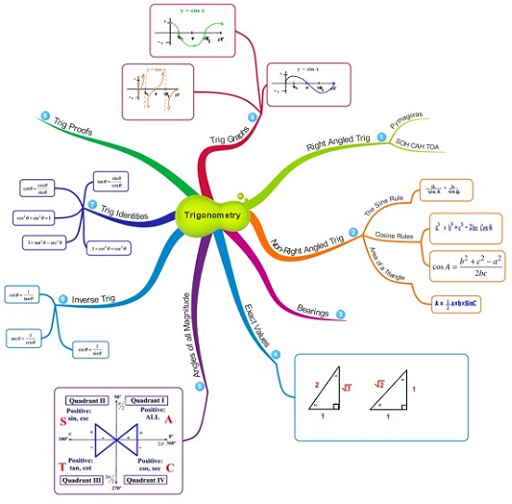1.1 Assessing real progress
Formative assessment can be embedded in each lesson and means making judgements about the progress that your students make as they are learning. Formative assessment approaches demand that both you and your students are:
- aware of the intended learning objectives
- consciously devising or engaging in activities that will provide learning experiences and evidence about whether or not individuals have met the objectives and what their next learning needs are
- deliberately investigating the nature of any difficulties, or where problems exist, and establishing and engaging in remediation measures once difficulties have been identified
- providing and engaging in activities that will deepen or extend learning, including (but not restricted to) becoming a resource for helping others in their learning.
For example, suppose you have been doing some work on place value and decimals and you want to find out if students have a good understanding of these concepts. You ask the students to put the following numbers in order, smallest first: 0.3, 0.7 and 0.4. You may find little out from the result!
Suppose, instead, that you asked them to write these numbers in order, smallest first: 0.7, 0.3 and 0.36 on mini-whiteboards. You will find that the three most common responses are:
- 0.3, 0.36, 0.7 (correct)
- 0.3, 0.7, 0.36 (student ignores decimal point)
- 0.36, 0.7, 0.3 (student may think that the largest number after the decimal point gives the smallest decimal).
Students could well offer other answers, for a range of other reasons. Not all errors necessarily imply misconceptions; students can also make mistakes. They can misunderstand – or fail to understand – what is being asked of them. Asking some students to explain what they have written will uncover misconceptions, mistakes and misunderstandings, and allow them to learn from any mistakes made. A question such as the one above gives you, and the students themselves, a better understanding of what your students need to learn, and will enable you to plan appropriate next steps.
Although there are commercially available tests that may help in assessing your students, it is important to realise that test results will only tell you about a student’s response to a particular question on a particular day. Responses may indicate that common misunderstandings exist, or that the student was able to get the right answer using a specific method, and this is useful information when planning to teach. However, general judgements about individuals made on the basis of such tests could be flawed, even when tests are well designed, as many students suffer from anxiety when completing tests. You will usually find out more by assessing the knowledge, skills and understanding that students bring to a mathematics lesson by setting up a challenging but interactive task where students are encouraged to reveal how they currently understand a topic.
You could, for example, ask them to do any of the following tasks:
- Complete a collaborative mind map of all the ideas and connections they can think of about fractions, or whatever the topic is today. Linking mind maps about fractions to those about decimals and percentages can begin to help students to connect these ideas together and to think about proportionality in a mathematical way. (Figure 2 shows an example of a mind map about trigonometry.)
- Write a definition of a specific quadrilateral on a mini-whiteboard, giving each group a different quadrilateral. Then you can play quadrilateral matchmaker, helping students to understand that only some have parallel sides or right angles, but having four sides or a sum of interior angles of 360° is no way to find their soulmate!
- The students make up their own questions about Pythagoras, working in pairs to make up an easy one and a hard one.
- The students tell each other what they already know about straight line graphs, noting down ideas that are always true, sometimes true and never true about them on three different colours of sticky notes. You can then collect all their ideas together on three posters.
Each of the ideas listed above gives you access to the students’ real knowledge about a topic, from which you can plan how you can help the students move their ideas forward. As you move through the work you have devised on a given topic, the students can add to their mind maps, make up much more challenging questions or ask for more sticky notes for the posters. That way they can show you – and, perhaps more importantly, themselves – that they are making progress.
Activity 2 Planning to assess
Pick a topic and use a mind map to record and connect all the different vocabulary and ideas that your students would need to know in order to:
- say that they fully understand that topic
- connect the topic to other areas of mathematics that they have studied.
Now plan assessment activities, using the ideas above or others that you know. When would you use those activities in the lessons? Would they allow the students to show what they really know? Would you be able to modify what happened next in the light of what you find out? Think what it would mean for a student to really know, understand and use the topic, and devise activities that would enable the students both to learn and to show you the progress they make.

